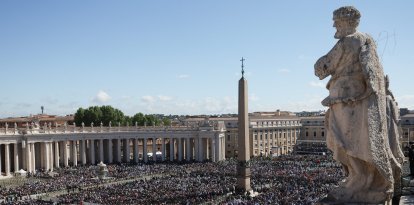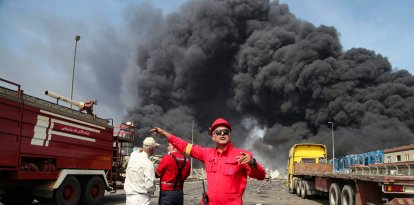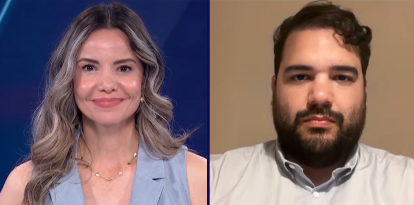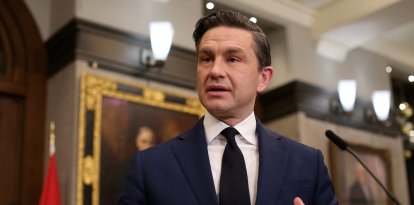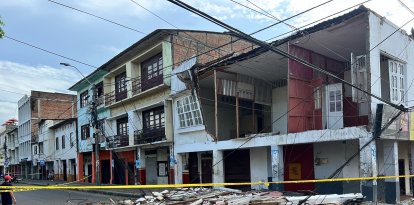Iran on the verge of obtaining a nuclear weapon after accelerating the production of enriched uranium
According to estimates by the International Atomic Energy Agency, Tehran has enough radioactive material to develop several atomic bombs.
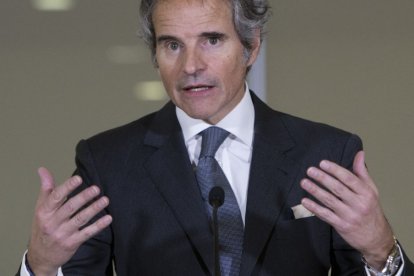
Rafael Mariano Grossi (Alex Halada / AFP)
A report by the International Atomic Energy Agency (IAEA), the United Nations nuclear watchdog, reveals that Iran has increased its stockpile of enriched uranium to a percentage dangerously close to that used to make nuclear weapons.
According to The Associated Press, which had access to this confidential report, between February and May 11, Iran's reserves of 60% enriched uranium increased by 20.6 kilograms, reaching a total of 142.1 kilograms. This level of enrichment shares characteristics with 90% uranium, which is the grade necessary to produce nuclear weapons.
To put it in perspective, the IAEA estimates that around 42 kilograms of 60% enriched uranium would be needed to make one atomic bomb if this material were processed to 90% purity. This suggests that Iran possesses enough enriched uranium to develop at least three nuclear weapons if it decides to do so.
"Iran would only need a couple of weeks to produce that weapons-grade material, but probably much longer—a year or more—to build an actual bomb it could deliver," said Eric Brewer, deputy vice president of the Nuclear Threat Initiative at Washington.
Despite Iran's claims about the exclusively peaceful purposes of its nuclear program, this increase in reserves occurs at a time when the country seeks to pressure the international community to lift economic sanctions related to its nuclear program, offering to slow down said program in return.
Iran has gone beyond the limits
Under an agreement reached in 2015 with several world powers, Iran could only enrich uranium up to 3.67% purity. Likewise, it was required to maintain a reserve of about 300 kilograms and use basic centrifuge technology. All this is in exchange for lifting economic sanctions.
However, since the United States withdrew from the agreement and reimposed sanctions on Tehran in 2018, Iran has abandoned the limits established by the agreement by significantly increasing its enrichment activity and hindering the work of IAEA inspectors in international oversight.
IAEA chief Rafael Mariano Grossi has already warned that the agency cannot ensure that Iran is not using its centrifuges to clandestinely enrich uranium, raising concerns about the country's nuclear intentions.
Pause in negotiations with the IAEA
Before the recent helicopter crash that killed Iranian President Ebrahim Raisi and other senior officials, Iran committed to technical negotiations with the IAEA. However, after the incident, those meetings were paused.
According to the report, Iran sent a letter on May 21 saying its nuclear team is willing to continue negotiations “on an appropriate date to be mutually agreed upon,” but the next meeting has not yet been scheduled.
RECOMMENDATION
